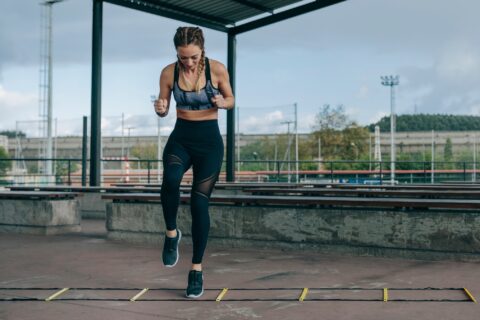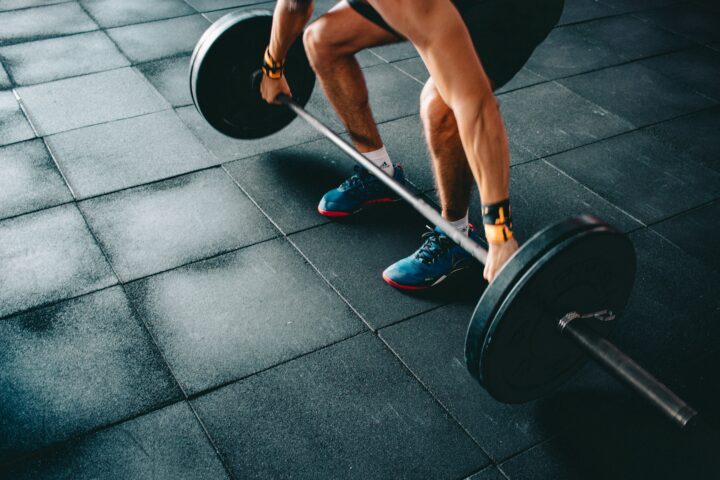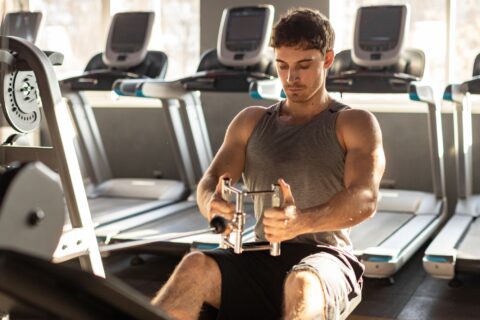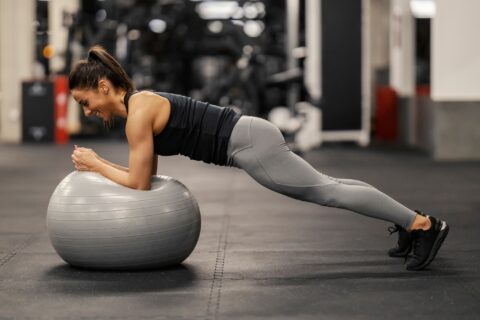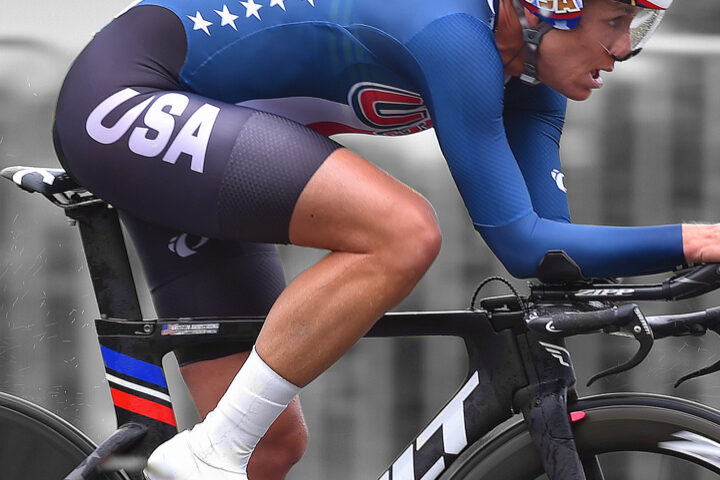Learning how to use the lower body appropriately is crucial for a number of high-performance bike skills. The single-leg RDL helps develop balance and power.
Learning how to use the lower body appropriately is crucial for a number of high-performance bike skills. The single-leg RDL helps develop balance and power.

